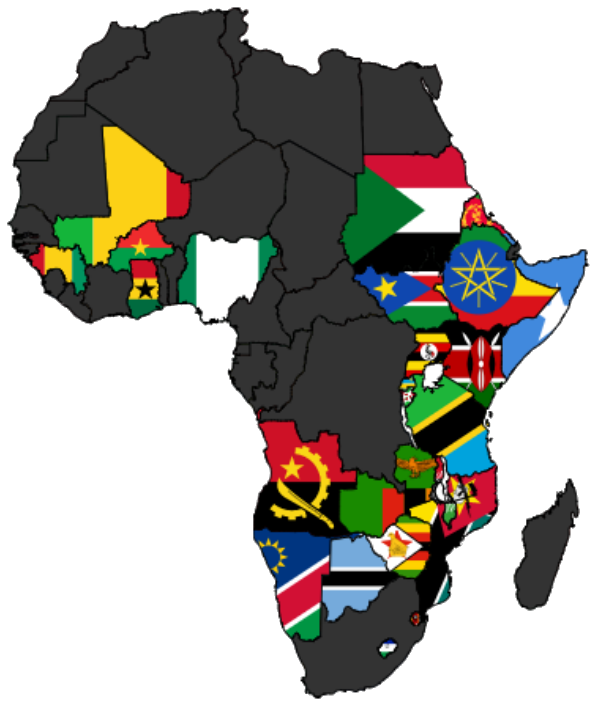Delivering enough food to feed the world’s population requires farmers to overcome a series of often-unpredictable challenges, related to factors such as climate change, water scarcity, lack of access to extension services, and armed conflict in agricultural areas. As a result of these challenges, millions of people have been driven from their homes, prevented from working their fields, unable to get their products to markets, or cut off from supplies of improved seedlings, fertilizer, and financial services.
And the challenges continue to escalate. The number of food emergencies – when disasters such as drought, floods, or war lead to food-supply shortfalls that demand external assistance – has risen from 15 per year, on average, in the 1980s to more than 30 per year since 2000.
The result is widespread food insecurity. According to the Food and Agriculture Organization, more than 820 million people worldwide lacked access to sufficient food in 2017; more than two billion people experience deficiencies of key micronutrients, and more than half of the people living in low-income countries are not sure where their next meal will come from. If current trends hold, the amount of food being grown will feed only half of the world population by 2050.
But these trends can be changed – and Africa is a good place to start. As Akinwumi Adesina, President of the African Development Bank and winner of the 2017 World Food Prize, has put it, “Africa in the future should not only feed itself but it must contribute to feeding the world.”
Source: World Economic Forum
https://www.weforum.org/agenda/2019/06/helping-africa-s-smallholders-feed-the-world/




